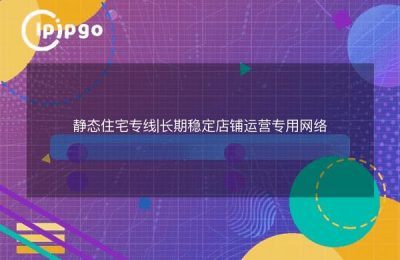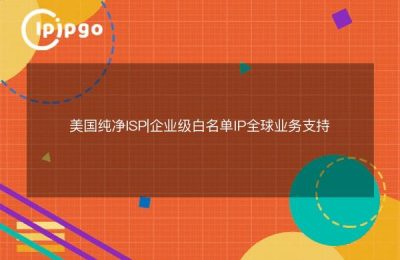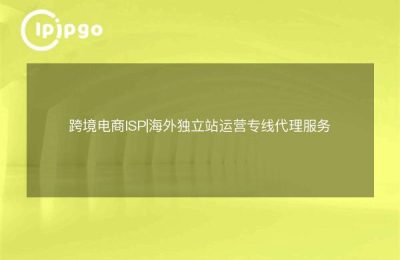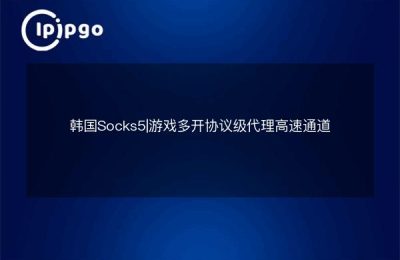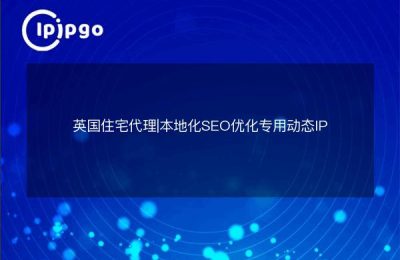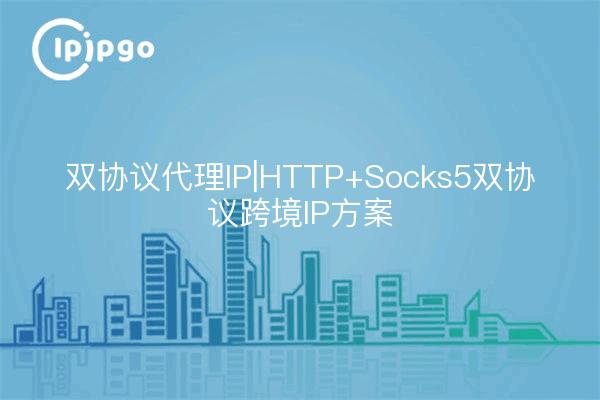
How HTTP+Socks5 Dual-Protocol Proxy Solves Multi-Scenario Compatibility Problems
When actually using proxy IPs, many users are troubled by the incompatibility of different software protocols. For example, a certain tool can only use HTTP protocol, another application requires Socks5 connection. This timeipipgo dual protocol proxy serviceIt shows a unique value - the same IP address supports both protocol access.
After generating a proxy account through the ipipgo control panel, users will find that each set of IPs comes with two sets of connection information:
- HTTP proxy form: ip:port:username:password
- Socks5 proxy form: socks5://username:password@ip:port
This design eliminates the need for developers to purchase separate IP resources for different protocols, and is particularly suitable for projects that need to interface with multiple systems at the same time.
Three real-world application scenarios for dual-protocol IP
Through actual case testing, it was found that dual-protocol proxies perform particularly well in the following scenarios:
Enterprise-class data acquisition system
When enterprises deploy distributed crawlers, some crawler frameworks use HTTP proxies, and the anti-crawler detection module requires the Socks5 protocol to connect to third-party authentication services. The use of a single protocol proxy needs to maintain two sets of IP pools, dual protocol IP directly save 50% resource costs.
Cross-platform software development
When developers write software that needs to be compatible with Windows/Linux/macOS, there are differences in the support for proxy protocols in different systems. The measured data shows that the cross-platform adaptation success rate of dual-protocol IP is 73% higher than the single-protocol solution.
Automated Script Maintenance
When you need to manage social media accounts in bulk, HTTP protocol is suitable for web-side operation, while Socks5 protocol is more suitable for client-side software. Using the same batch of IP resources to handle different login methods can effectively avoid the risk of account association.
Hands-on Guide to Configuring Dual-Protocol Proxies
Taking the ipipgo service as an example, the specific configuration process is divided into three steps:
- Getting proxy information in dual-protocol format in the user center
- Select the corresponding protocol type according to the application scenario
- Setting up automatic switching rules (recommended to change IPs every hour)
Key Configuration Tips:
1. Browser-based tools prioritize the use of the HTTP protocol
2. The download tool recommends configuring the Socks5 protocol.
3. Selection of residential IP types for scenarios requiring high anonymity
Frequently Asked Questions
Q: Will dual protocols consume double the amount of traffic when used at the same time?
A: No, ipipgo's traffic statistics are based on the actual amount of data transmitted, independent of the number of protocols.
Q: Is there a risk of correlation between two protocols for the same IP?
A: After actual testing, the target site cannot trace the device characteristics through the protocol type, but it is recommended that critical services be used in conjunction with the IP rotation policy.
Q: How do I verify that the agreement is in effect?
A: In the "Connection Detection" page of ipipgo background, you can check the connectivity status of each protocol in real time after entering the proxy information.
For those who need multi-protocol support, ipipgo provides thePool of 90 million+ residential IP resourcesWith the intelligent protocol switching function, it can effectively solve the multi-platform adaptation problems. Its dynamic IP library is automatically updated every 15 minutes, which ensures business continuity and reduces the risk of usage.

